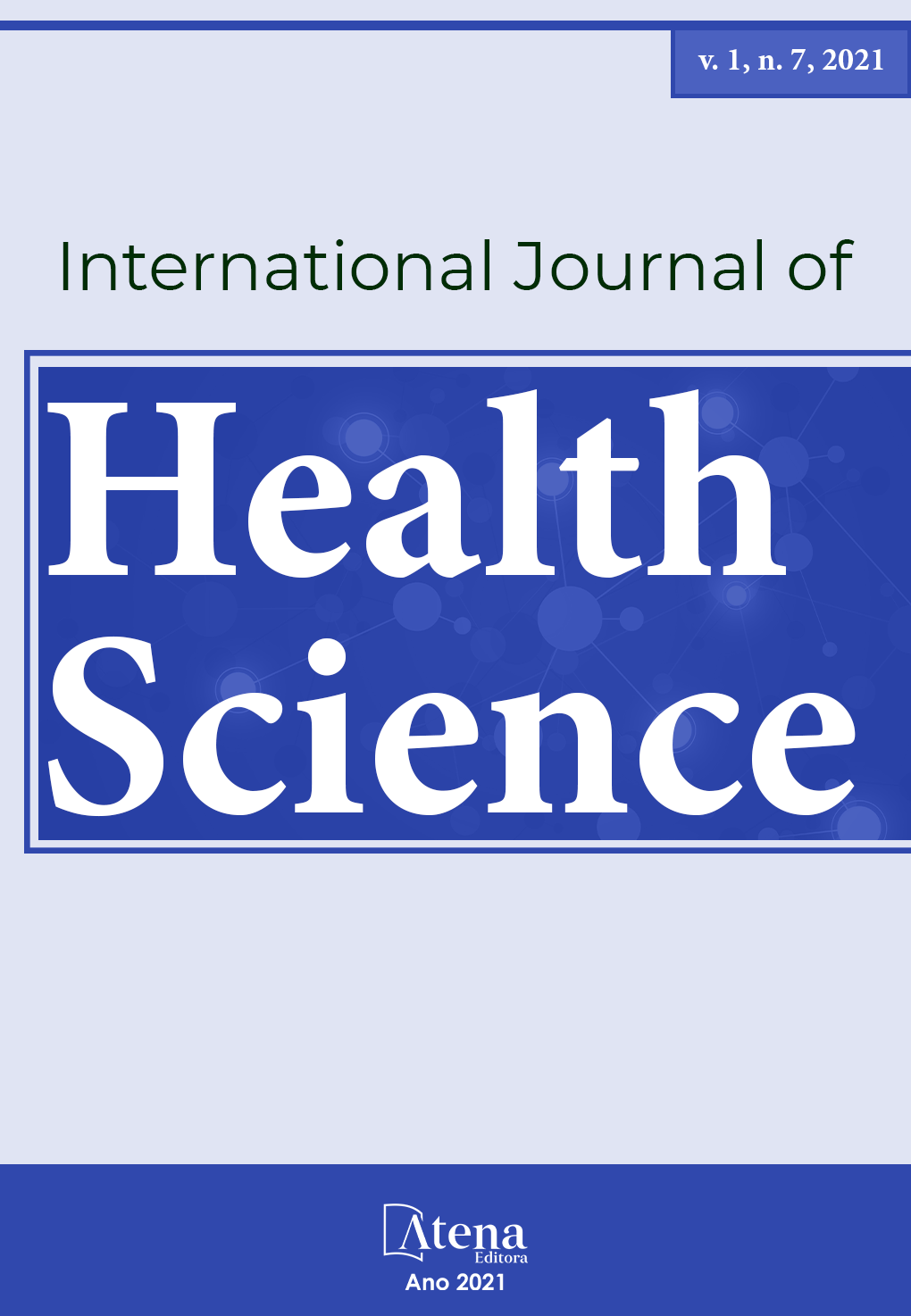
HEMORRHAGIC EVENTS WITH USE OF RIVAROXABAN AND ASPIRIN IN VASCULAR DISEASES: A LITERATURE REVIEW
Cardiovascular disease is the leading cause of morbidity and mortality in adults worldwide. Antithrombotic agents consisting of antiplatelet agents and anticoagulants are drugs commonly prescribed in clinical practice for the secondary prevention of complications in cardiovascular disease. These drugs act on different pathways in the coagulation cascade, via COX-1, via P2Y12 and the thrombin pathway. Aspirin and clopidogrel act on the platelet pathway, warfarin and new oral anticoagulants such as rivaroxaban act on the thrombin pathway. The aim of this review was to analyze clinically significant bleeding episodes with the use of rivaroxaban, aspirin and clopidogrel, alone or in combination, in vascular pathologies. A search for papers was performed on the PubMed platform and VHL-regional and a total of 25 scientific articles were included after applying the inclusion and exclusion criteria. Through the analyzed studies, it was observed that the drug regimen that presented the most hemorrhagic outcome in relation to the number of patients and total number of events was the association of warfarin with aspirin and clopidogrel (69.3%). In conclusion, warfarin showed a higher risk of bleeding and its use requires control with INR. Aspirin is associated with increased intracranial bleeding, but it is highly effective in secondary prevention, inexpensive and widely used in association with anticoagulants. Rivaroxaban at a dose of 2.5 mg twice daily associated with aspirin 100 mg/day has shown a reduction in recurrent ischemic events and less amputation in patients with peripheral arterial disease, with a high number of major bleeding with few fatal hemorrhagic events. Patients at higher risk of bleeding were those with multivessel diseases (coronary, carotid and peripheral) and/or with a greater number of associated comorbidities (SAH, DM, dyslipidemia, sedentary lifestyle). Those who had genitourinary or gastrointestinal bleeding were found to have previous neoplasms. The use of pantoprazole for the prevention of gastrointestinal bleeding was not significant among those who did not use it, but in patients with high risk of bleeding and associated comorbidities, its use is indicated, even with a higher risk of intestinal infections. In the studies, the use of rivaroxaban alone at a dose of 10 mg/day did not result in a lower risk of thrombotic events, but a significantly higher risk of bleeding. The use of double-way blockade is associated with lower thrombotic outcomes and mortality, but with a high number of major bleedings.
HEMORRHAGIC EVENTS WITH USE OF RIVAROXABAN AND ASPIRIN IN VASCULAR DISEASES: A LITERATURE REVIEW
-
DOI: 10.22533/at.ed.1592103127
-
Palavras-chave: Rivaroxaban; aspirin; bleeding events, bleeding; cardiovascular.
-
Keywords: rivaroxaban; aspirin; bleeding events, bleeding; cardiovascular
-
Abstract:
Cardiovascular disease is the leading cause of morbidity and mortality in adults worldwide. Antithrombotic agents consisting of antiplatelet agents and anticoagulants are drugs commonly prescribed in clinical practice for secondary prevention in cardiovascular disease. These drugs act on different pathways in the coagulation cascade, via COX-1, via P2Y12 and the thrombin pathway. Aspirin and clopidogrel act on the platelet pathway, warfarin and new oral anticoagulants such as rivaroxaban act on the thrombin pathway. The aim of this review was to analyze clinically significant bleeding with the use of rivaroxaban, aspirin and clopidogrel, alone or in combination, in vascular pathologies. A search for papers was performed on the PubMed and BVS-regional platform and a total of 25 scientific articles were included after applying the inclusion and exclusion criteria. Through the analyzed studies, it was observed that the drug regimen that had the most hemorrhagic outcome in relation to the number of patients and total number of events was the association of warfarin with aspirin and clopidogrel (69.3%). In conclusion, warfarin showed a higher risk of bleeding and its use requires control with INR. Aspirin is associated with increased intracranial bleeding, but it is highly effective in secondary prevention, inexpensive and widely used in association with anticoagulants. Rivaroxaban at a dose of 2.5 mg 2 x day associated with aspirin 100 mg/day, showed a reduction in recurrent ischemic events and less amputation in patients with peripheral arterial disease, with a high number of major bleeding with few fatal hemorrhagic events. Patients at higher risk of bleeding were those with multivessel diseases (coronary, carotid and peripheral) and/or with a greater number of associated comorbidities (SAH, DM, dyslipidemia, sedentary lifestyle). Those who had genitourinary or gastrointestinal bleeding were found to have previous neoplasms. The use of pantoprazole for the prevention of gastrointestinal bleeding was not significant among those who did not use it, but in patients with high risk of bleeding and associated comorbidities, its use is indicated, even with a higher risk of intestinal infections. In the studies, the use of rivaroxaban alone at a dose of 10 mg/day did not result in a lower risk of thrombotic events, but a significantly higher risk of bleeding. The use of double-way blockade is associated with lower thrombotic outcomes and mortality, but with a high number of major bleeding.
-
Número de páginas: 24
- Paula Pitta de Resende Côrtes
- Rossy Moreira Bastos Junior
- Ronald de Oliveira
- Leonardo Barbosa Figueiredo Gomes
- Patrick de Abreu Cunha Lopes
- Lisandra Leite de Mattos Alcantara
- Beatriz Almeida Assed Kiki
- Gabriel de Souza Rosa
- Juliana de Souza Rosa
- Kelly Christine Dolavale Correa
- Douglas Ribeiro Sabadini
- Paulo Roberto Hernandes Júnior


